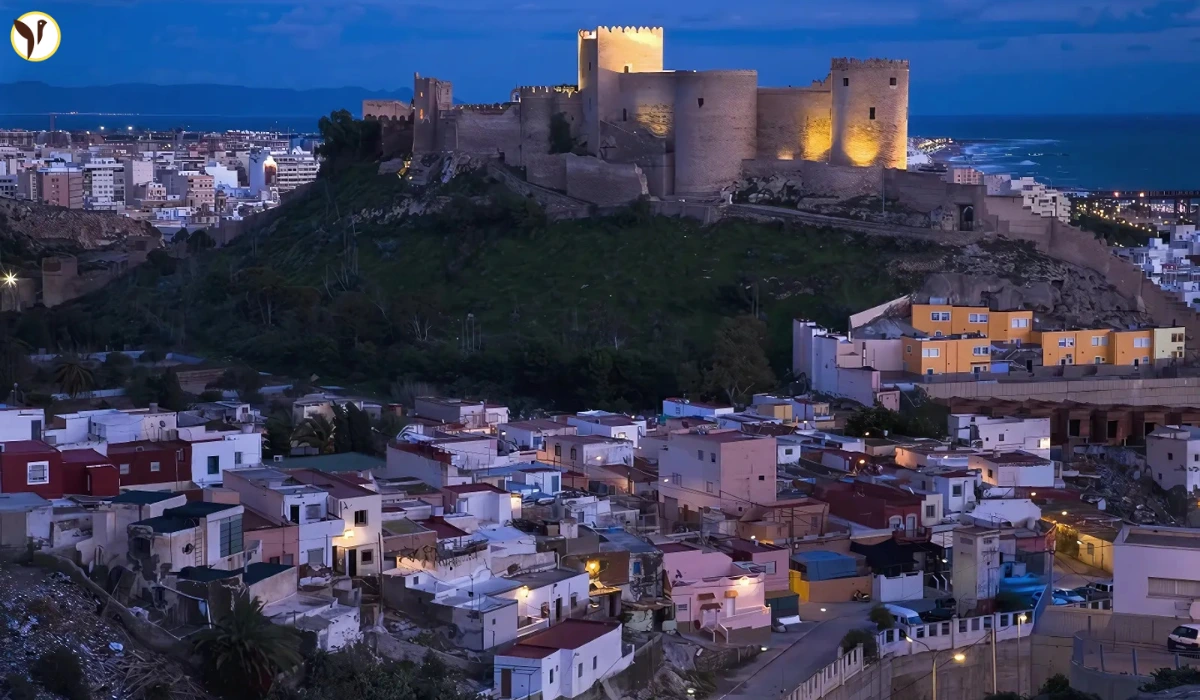A strong 5.5‑magnitude earthquake struck off the coast of Almería early this morning (July 14), jolting residents in over 50 towns across Andalucía, Murcia, Alicante, Granada, Jaén, and Albacete awake. Homes shook, coffee cups rattled, and many felt a sudden, deep rumble that lasted a few tense seconds.
Why this quake felt so strong — even far away
Because the quake happened just 2 km under the sea, the shaking was felt much louder than ricocheting through land. It reached a level IV–V on the European Macroseismic Scale, meaning people were clearly woken and objects swayed inside homes.
What we know so far — what people are saying
-
A tourist in Agua Amarga said: “I was sleeping and the whole house shook… there was an incredible roar.”
-
In Malaga airport, part of the ceiling in a coffee shop fell—but thankfully, no one was hurt.
-
Emergency services in Andalucía received 25 calls—mainly from Almería, Granada, and Jaén—with reports of rattled windows, falling crockery, and rumbling walls. Still, no injuries reported.
#Spain #earthquake #Almeria #SanJose #seismicactivity #destruction #anomaly #weather
— Joy Station (@solodenkij) July 14, 2025
Earthquake Off the Coast of Almería, Spain (July 14, 2025)
On July 14, 2025, at 07:13 local time an earthquake with a magnitude of approximately 5.2–5.3 struck the western Mediterranean Sea pic.twitter.com/aUqfwZqB4S
Here’s something you might not know — fresh perspective
-
Submarine fault at play
Scientists point to the Carboneras Fault Zone in the Alborán Sea, which historically caused large quakes in 1522 and 1804. This area remains active, and nearby towns often feel quakes first. -
Why it didn't cause more damage
Unlike past quakes centered right under a town, this one was offshore, preventing structural collapse and major harm—though a ceiling did give way in Malaga airport. -
Modern tech to the rescue
Spain is building out its best-ever 80-station seismic network, “Topo‑Iberia,” to monitor quakes with real-time data and improve warning systems. It should help detect inland tremors—even offshore ones like today’s.
What happens next — aftershocks and safety
-
Mobile alerts were sent out recommending people wear shoes, check gas lines, and stay aware of possible aftershocks.
-
Citizens are reminded: after a quake like this, expect smaller tremors in the coming hours or days.
Why it matters to you
-
Tourism impact: Coastal towns on Costa del Sol and beyond—where sun and sand draw crowds—were shaken awake. Any damage or fear might shake tourism confidence.
-
Seismic history matters: Regions along the Mediterranean fault line have seen quakes for centuries (1522, 1804). This is a reminder that the threat is real.
-
Real-time monitoring is key: As Spain upgrades seismic stations, alerts and safety measures get faster and better—potentially saving lives in future, stronger quakes.
Social Reactions
On Twitter, a resident wrote:
Seismic Activity Worldwide
— Chyno News (@ChynoNews) July 14, 2025
List of the largest earthquakes in the last 24 hours, according to the United States Geological Survey.
Earthquakes are ongoing in Spain after the widley felt Magnitude 5.2 quake that struck the region recently.#earthquake #Terremoto #Spain pic.twitter.com/JWlhPhKM5R
Quick Tips If You’re In The Area
-
Keep shoes by the door—broken glass might be around.
-
Secure heavier items on walls—bookshelves, mirrors, that sort of thing.
-
Aftershocks can appear anytime—don’t rush back into buildings if they still feel unstable.
-
Learn your local emergency drill—schools and offices practice these for a reason.









